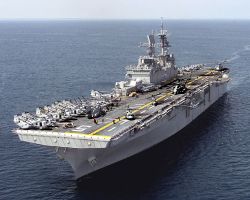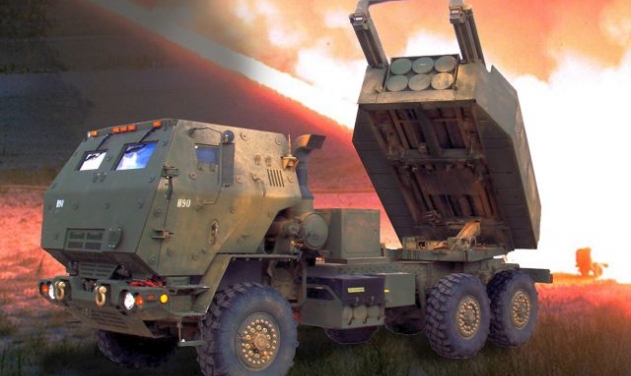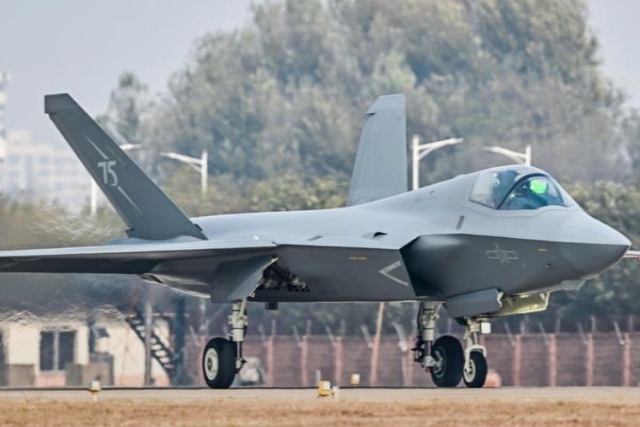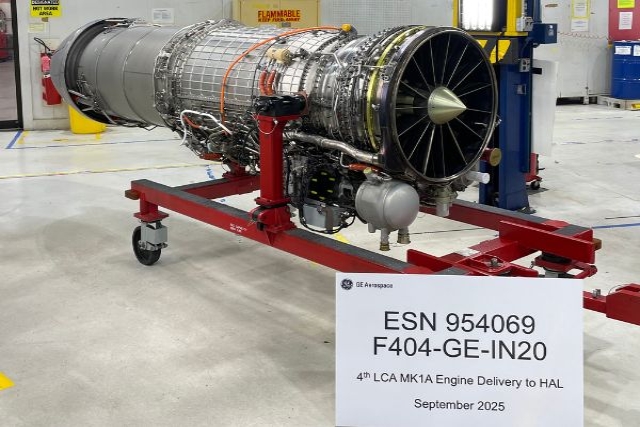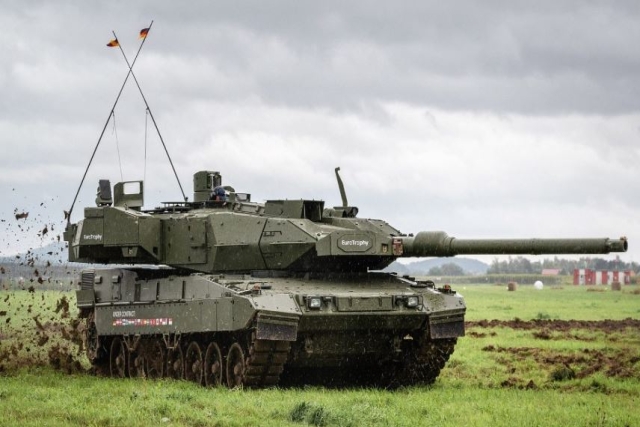Japan To Define New Defense Plans
Japan is planning to overhaul its armor units in order to finalize a new defense plan by next month, according to Nikkei Asian Review.
Japan will shrink its battle tank force by more than half and cluster them on its northernmost and southernmost main islands, while fielding lighter, faster new combat vehicles able to be airlifted to the far corners of the archipelago.
Prime Minister Shinzo Abe has been overseeing the defense policy review, the first since 2010.
Jointly developed by the Defense Ministry and domestic contractors, the new Maneuver Combat Vehicle is scheduled for deployment in 2016. It can zip along at about 100kph -- 30 to 50kph faster than tanks -- because it moves on tires, not caterpillar tracks. Smaller and lighter than a tank, it can also fit on C-2 transport planes. The ministry is looking to have 200 to 300 ready for action.
The number of battle tanks is to fall from about 740 to 300 in 10 years. About 350 are currently based on the northern island of Hokkaido. Since the days of the Cold War, when defense planners envisioned the Soviet army sweeping in from the north, the bulk of Japanese armor has been concentrated there. The island will remain tank-heavy even after the reductions, partly because its vast expanses afford plenty of space for training.
Meanwhile, more tanks will be positioned on the southern island of Kyushu to better defend outlying islands.
Tanks will no longer be regularly stationed on the main island of Honshu after the realignment. Many of the roughly 170 tanks on the island now are of a type used since the 1970s. Officials have decided that with fewer tanks overall, it will make more sense to mass them in Hokkaido and Kyushu.
The Ground Self-Defense Force will get a new division for rapid deployment to far-flung islands and an amphibious unit, a la the Marines, stationed in the southern port of Sasebo. The maritime defense branch will receive more destroyer escorts, which are smaller and more maneuverable than destroyers and effective against submarines and mines. Also on the way are two destroyers able to launch ballistic missile interceptors, which will bring the total to eight. The Defense Ministry also aims to adopt the Osprey, a transport plane that can take off and land vertically, and the Global Hawk unmanned surveillance aircraft.
